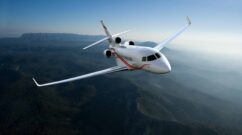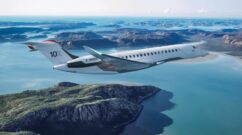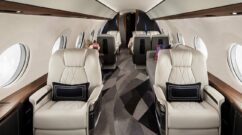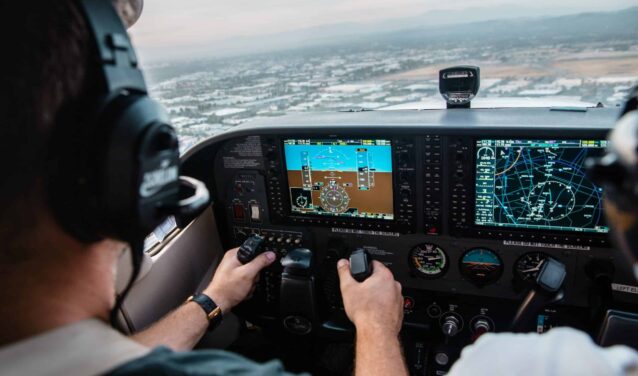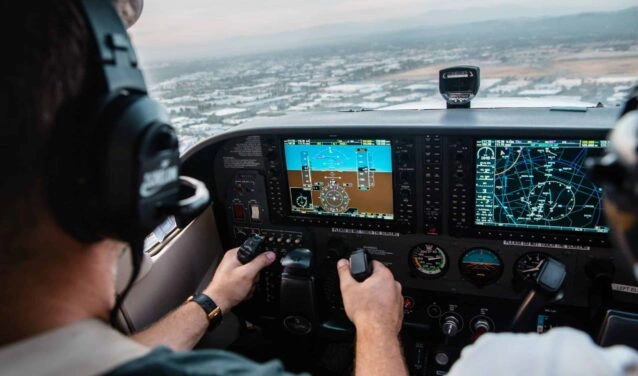
Do you dream of taking the controls of an airplane and discovering the joys of flying in total freedom? The Private Pilot Licence (PPL) is the first step towards realizing this passion. Accessible after 45 hours of flight, this European certification allows you to fly single-engine aircraft in many countries, to embark passengers (without remuneration) and to progress towards other aeronautical qualifications. But how do you obtain it? What are the entry requirements, training, examinations and costs involved? This article takes you step-by-step through everything you need to know about the PPL license: from medical and linguistic prerequisites to theory and practical tests, and renewal procedures.
What is the Private Pilot License?
The Licence de Pilote Privé (PPL – Private Pilot Licence) is a European diploma entitling the holder to fly single-engine aircraft on a non-commercial basis.
Accessible from the age of 17, and after a minimum of 45 hours’ flight experience, this training opens the doors to light aviation, offering great freedom of air travel in many countries.
Training for the PPL
To obtain this license, you need to undergo theoretical and practical training at an approved flying school. Training covers :
- Principles of flight;
- Air navigation ;
- Meteorology;
- Air regulations;
- Radiotelephony.
Once the theoretical part has been validated by an examination, the student moves on to flight training (at least 45 hours, including 10 solo). Passing this practical test (checkride) with an approved examiner is a prerequisite for obtaining the PPL.
Specific training
To enable you to fly larger aircraft, you’ll need to acquire a rating for the type of aircraft you wish to fly.
You’ll also be taught piloting techniques so that you can be autonomous on the aircraft in all circumstances, such as blind flight.
Privileges and limitations
Obtaining this license also allows you to take passengers on board your aircraft, but you cannot be paid for this.
In fact, obtaining a private pilot’s license does not authorize paid commercial transport. Holders of this license do not operate under the Public Passenger Transport (TP or TPP) regime.
however, the costs incurred during the flight can be shared between the passengers and the pilot. Above all, passenger carriage is subject to having made 3 landings and 3 take-offs in the last 3 months.
This private pilot’s license is therefore suitable for all those who intend to fly for pleasure or leisure. They can, however, later progress to other qualifications.
How to obtain a private pilot’s license
The Private Pilot license can be issued in many countries around the world, and is mutually recognized.
In France, for example, it is issued by the Direction Générale de l’Aviation Civile, in the USA by the Federal Aviation Administration, and in Canada by Transport Canada.
The prerequisites differ according to the organization issuing the license, but overall the requirements are the same in all these countries.
Training to obtain a private pilot’s license is provided by a qualified instructor. It can also be given by a pilot with at least the license in question, the rating for which he or she is instructing, and a valid instructor rating.
This training is offered at an approved professional school or a flying club.
What are the prerequisites for obtaining a private pilot’s license?
To start training for your license, you must be aged 14 or over, and at least 16 for your first solo flight.
You must also be 17 when you take the test, and hold a class 2 medical certificate of physical and mental fitness.
This is issued in France by a doctor with an aeronautical medical qualification.
If you wish to obtain your license and fly in foreign airspace or in the airspace of a multilingual country, you will need to prove a sufficient level of expression and comprehension in the language used in radiotelephone communications.
This will often involve proving your level of English, as the universal language of air traffic control is English.
What training is required to obtain a private pilot’s license?
Training to become a professional private pilot is divided into theory and practice. Both parts are taught in parallel. Before taking the technical part, candidates must have passed the theory test.
This PPL theory test takes the form of two 120-question MCQs, with a minimum 75% correct answers.
The MCQs cover a range of topics, including regulations, human performance, communications and meteorology. This test can be taken several times, over a maximum period of 18 months.
Then, to take the next test, the practical one, the candidate must be at least 17 years old and have flown at least 45 hours, including 10 hours solo and 25 hours in instruction with an instructor.
On D-day, you are examined and assessed by a FE (Flight Examiner). These are examiners approved by the French Civil Aviation Authority (Direction Générale de l’Aviation Civile). Right up to the last moment, the course remains unknown.
On the ground, the examiner will brief you and show you the route you’ll have to take, then you’ll have to complete the following stages, and pass at least one of them:
- stage 1: Pre-flight operations and take-off
- stage 2: Handling
- step 3: En-route procedures
- stage 4: Approach and landing procedures
- stage 5: Abnormal and emergency procedures
You’ll have to fly an aircraft within its limitations, and perform maneuvers with flexibility and precision, while maintaining constant control of the aircraft. The practical flight test should not exceed one hour.
Validity and renewal of the private pilot’s license
Once obtained, a private pilot’s license is valid for 24 months. Validity dates are always the last day of the month.
To extend the validity of your license before its expiry date, you must, in the 12 months preceding the expiry date :
- have flown 12 hours, including at least 6 as pilot-in-command;
- have flown one hour with an instructor;
- have performed 12 take-offs and 12 landings.
To renew your private pilot’s license, you’ll need to pass a practical aptitude test with an examiner.
What is the average cost of a commercial pilot’s license?
The cost of a private pilot’s license, including training and tests, can be estimated at around €8,000.
In practice, this means an average of 18 months’ training. Sometimes 12 months if you opt for one or two lessons a week.
would you like to find out more?
At AEROAFFAIRES, our team of experts is ready to listen and respond to all your requests for customized flights. Don’t hesitate to fill in our online quote, or contact us on +33 (0)1 44 09 91 82 or by e-mail at charter@aeroaffaires.com.

